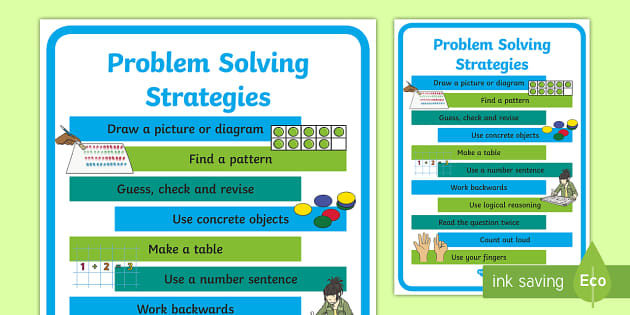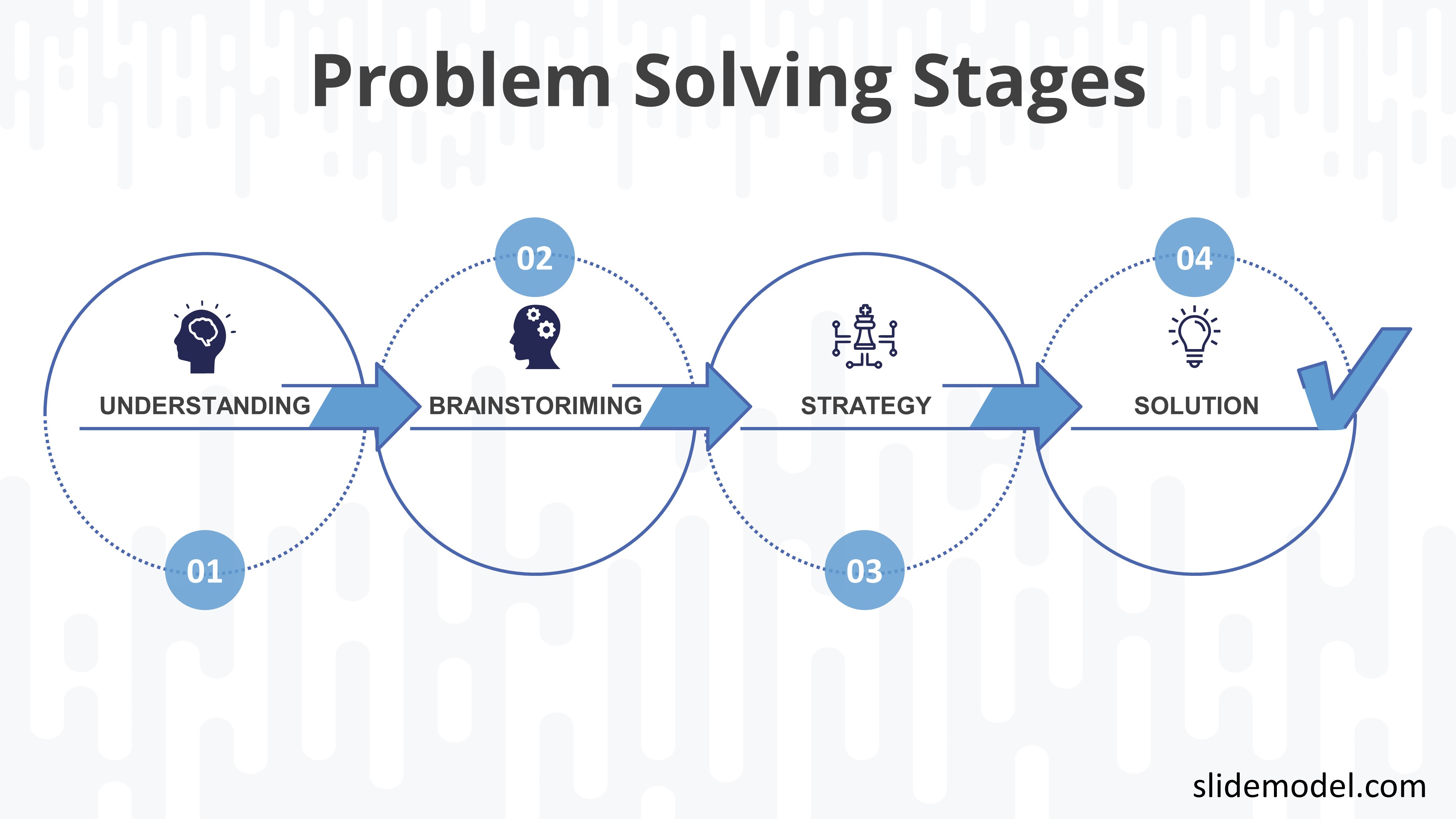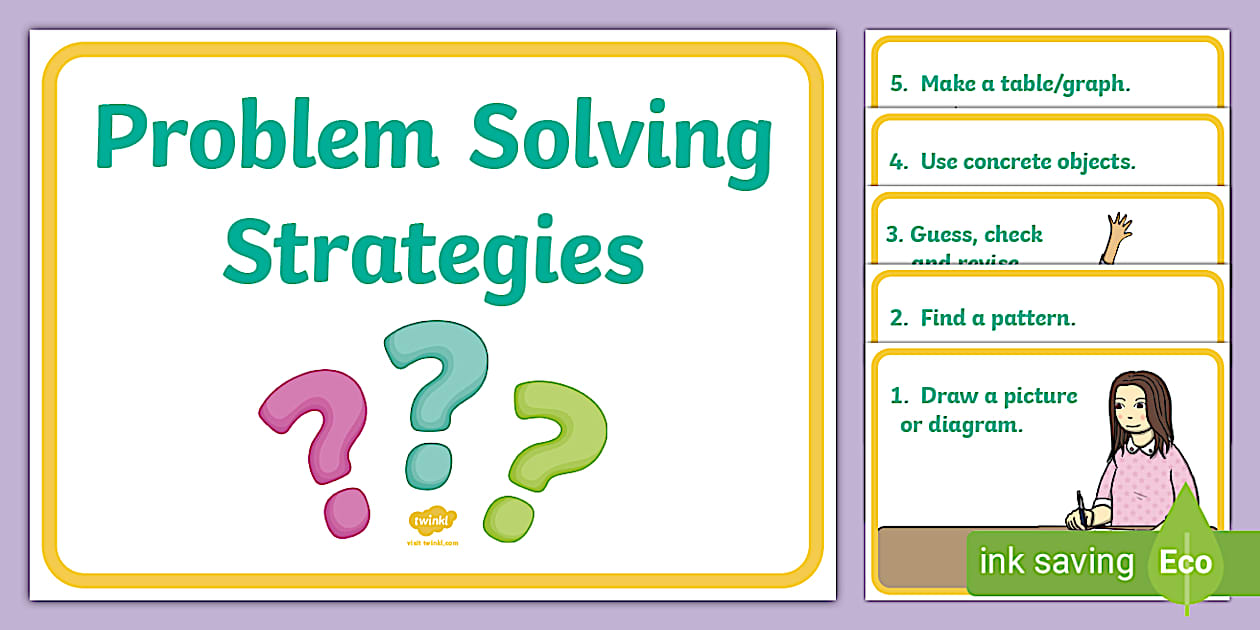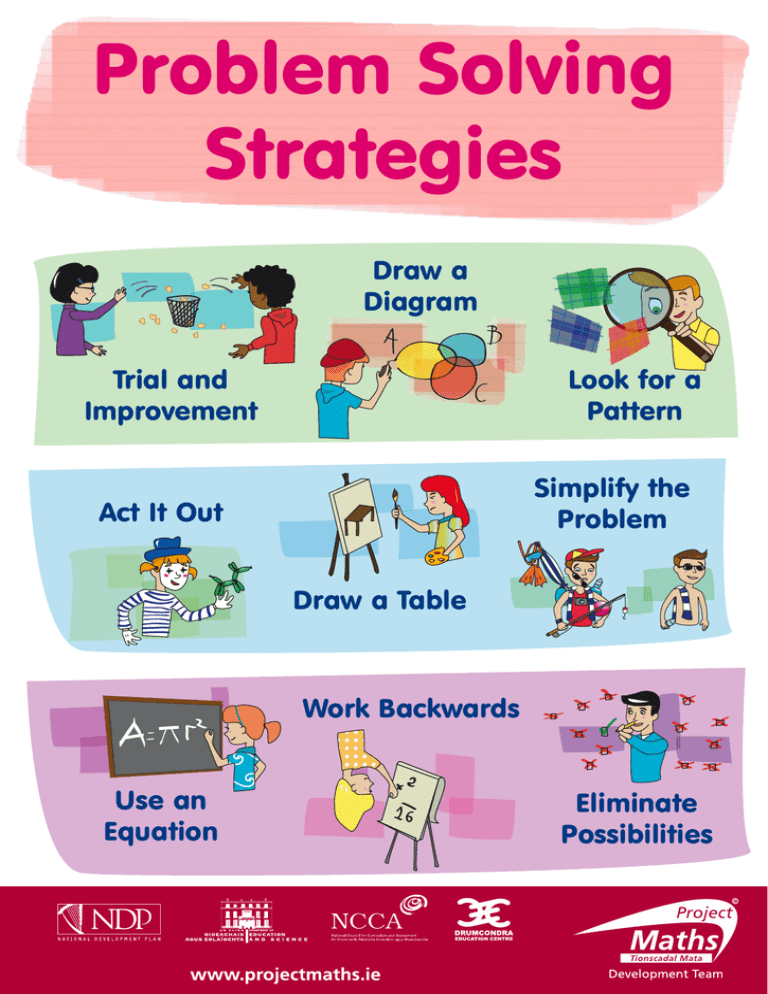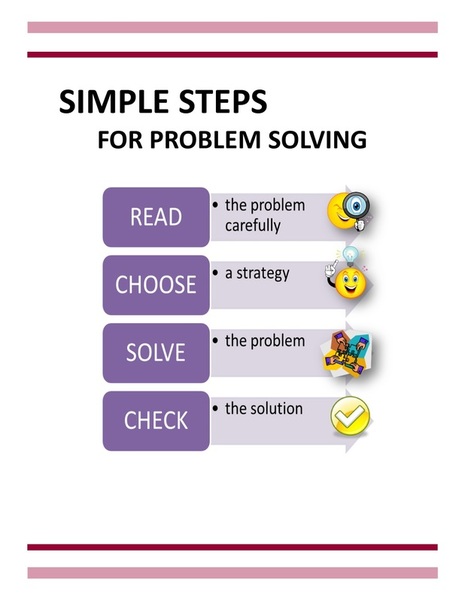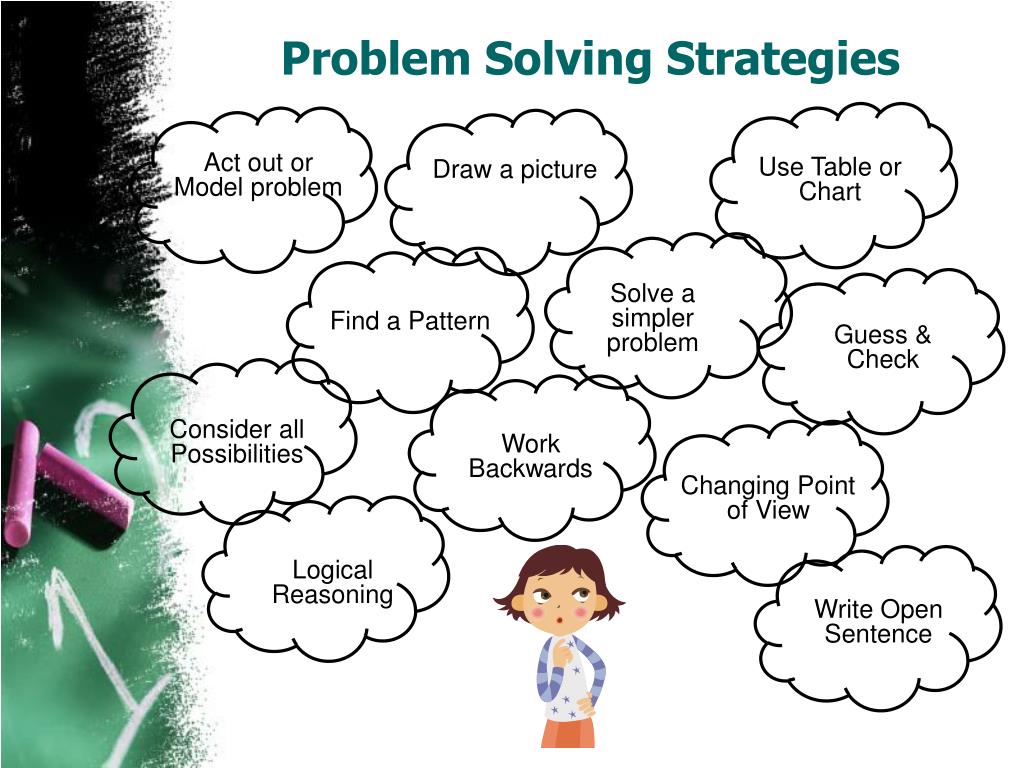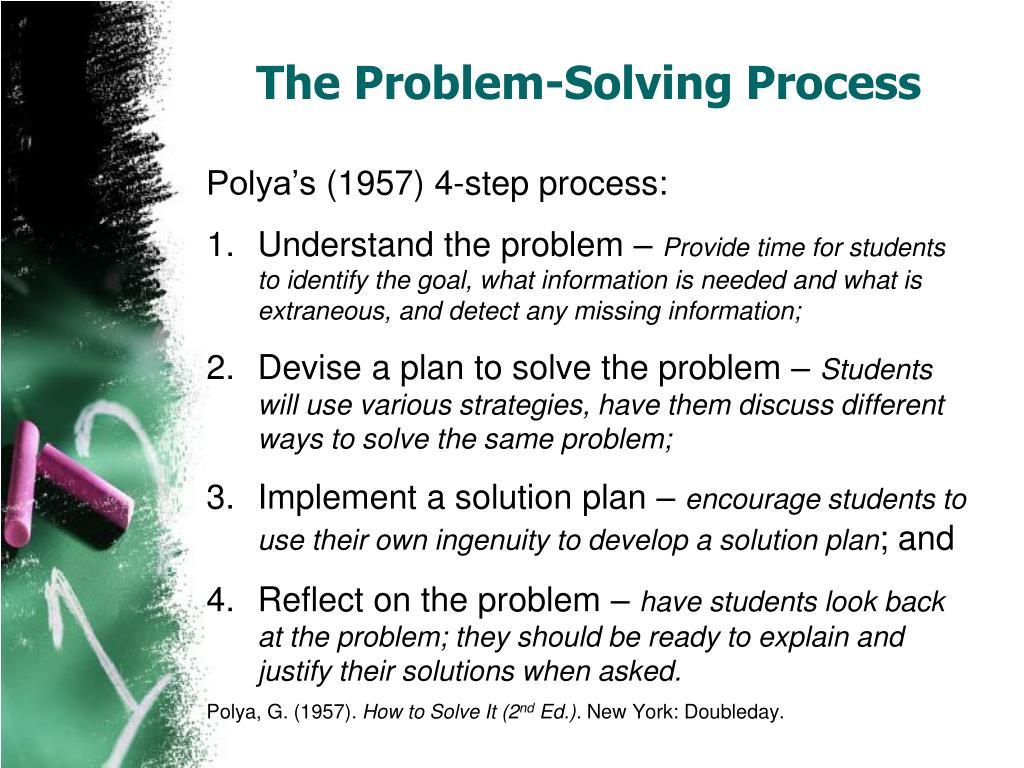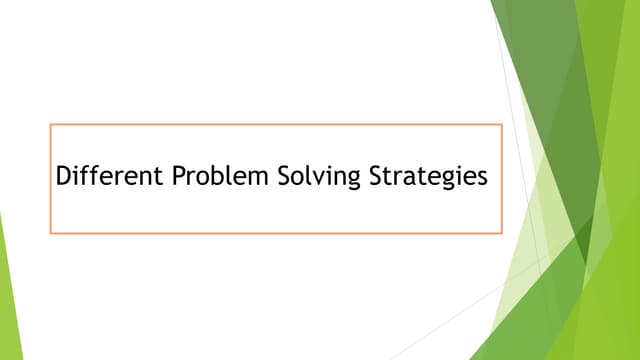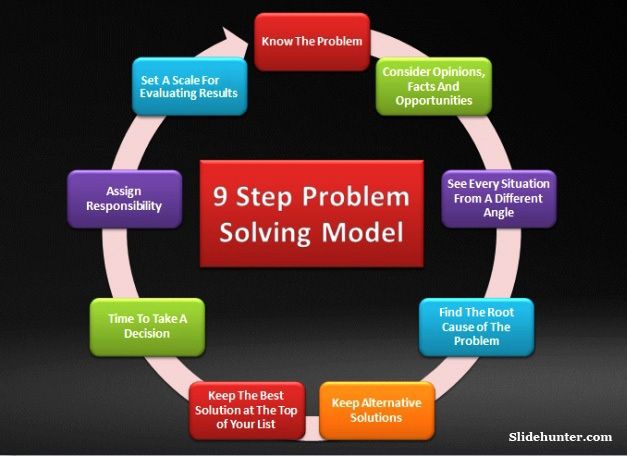Different Problem Solving Strategies
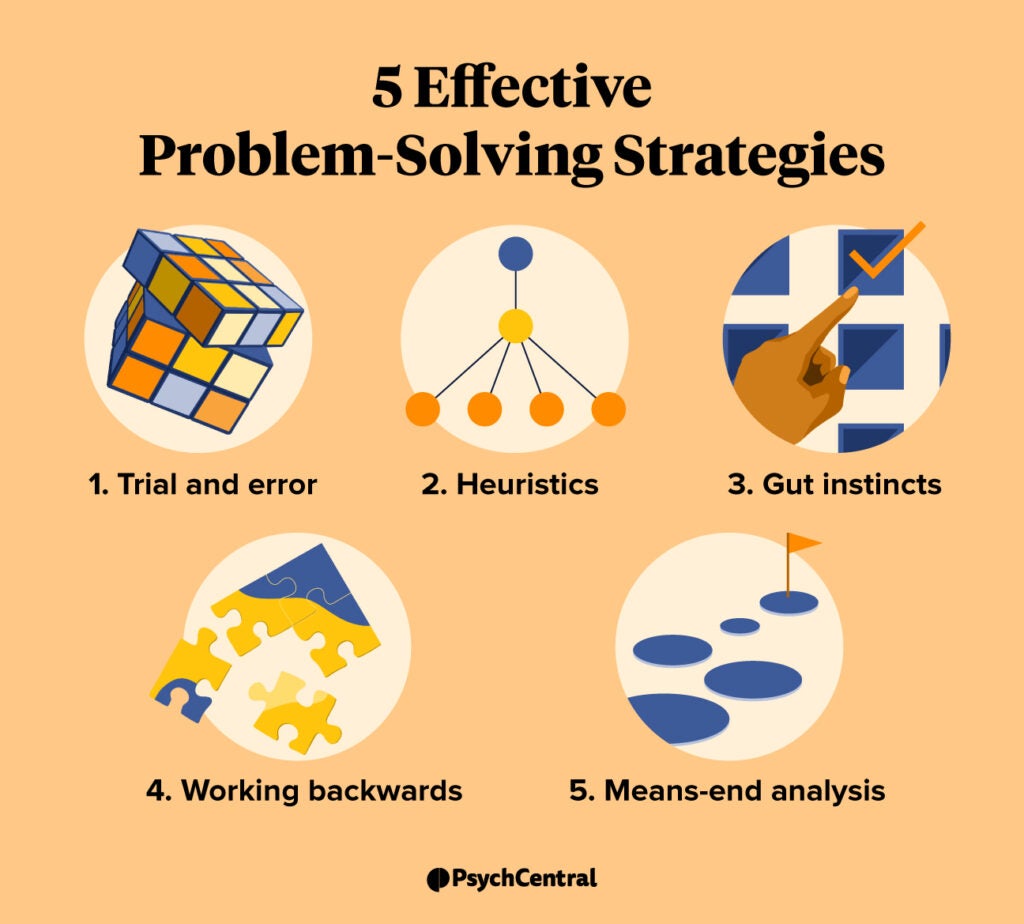
Businesses and individuals face a barrage of problems daily, demanding effective solutions for survival and growth. Mastering diverse problem-solving strategies is no longer a luxury, but a necessity.
Decoding the Maze: A Toolkit for Triumphant Problem Solving
This article unveils several core problem-solving techniques to equip you with the tools to dissect complex challenges and emerge victorious. These strategies range from logical frameworks to creative brainstorming sessions, and can be tailored to fit the specific issue at hand.
The Algorithmic Approach: When Precision Reigns
Algorithms, step-by-step procedures, are the backbone of technical problem-solving. This method provides a deterministic path to a solution when the problem is well-defined, and its parameters are known.
For instance, in debugging software, an algorithmic approach may involve systematically checking each line of code, following the program's flow until the error is identified.
Heuristics: The Art of Informed Guesswork
Heuristics offer a practical, albeit imperfect, approach for solving complex problems when time and resources are limited. These mental shortcuts rely on experience and intuition to guide decision-making.
However, heuristics may lead to biases and suboptimal solutions, requiring careful consideration and validation of results.
Brainstorming: Unleashing Collective Creativity
Brainstorming encourages the generation of numerous ideas without initial judgment, promoting creative solutions. This technique fosters a collaborative environment where individuals build upon each other's thoughts.
Effective brainstorming requires clear problem definition, a facilitator to guide the session, and a method for recording and evaluating ideas.
Root Cause Analysis: Digging Deep for Lasting Solutions
Root Cause Analysis seeks to identify the fundamental reasons behind a problem, rather than simply addressing the symptoms. Techniques like the "5 Whys" can help uncover the underlying causes.
By addressing the root cause, organizations can prevent recurrence of the problem and implement more effective long-term solutions. It is crucial to get to the core of the issues.
Design Thinking: Empathy-Driven Innovation
Design Thinking is a human-centered approach that emphasizes understanding user needs and iteratively developing solutions through prototyping and testing. This approach helps create new products.
The process involves empathizing with users, defining the problem, ideating potential solutions, prototyping, and testing to refine the final product or service.
The 8D Problem Solving: A Team Oriented Aproach
The 8D (Eight Disciplines) Problem Solving methodology is a structured, team-oriented approach typically used to address complex manufacturing or engineering problems. This approach is highly structured.
It involves assembling a team, defining the problem, implementing containment actions, identifying root causes, developing corrective actions, implementing and verifying those actions, preventing recurrence, and congratulating the team.
Data-Driven Decision Making: Letting Numbers Speak
Data-driven decision-making utilizes statistical analysis and data visualization to inform problem-solving. This approach helps to identify patterns, trends, and anomalies that might otherwise be missed.
Tools like statistical process control (SPC) and regression analysis can provide valuable insights for optimizing processes and making informed decisions.
The Path Forward: Continuous Learning and Adaptation
Selecting the appropriate problem-solving strategy depends on the nature of the problem, the available resources, and the desired outcome. Ongoing research and real-world application of these strategies are crucial for honing problem-solving skills.
Individuals and organizations must embrace a culture of continuous learning and be willing to adapt their approaches as new challenges arise. Embrace changes with open arms.
Further research is recommended to adapt these techniques to the new challenges facing professionals on the market.


